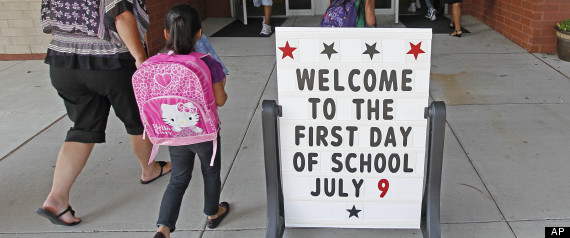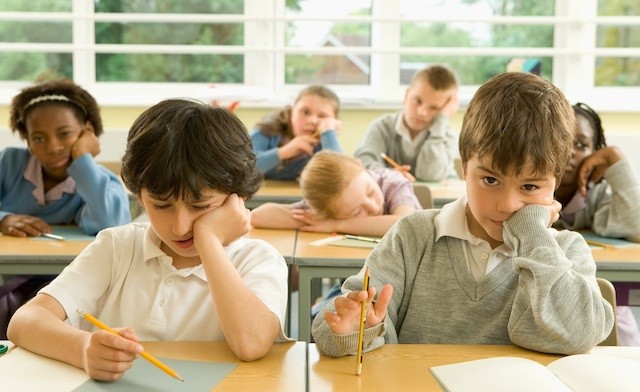Today's Topic: YEAR ROUND SCHOOLING
 |
| (3 "Jumpstart Your Child's Education") |
History
Year round schooling is an alternate form of education completely unique from public, charter, or private schooling. Basically, it runs the same 180 day school year as public schooling, but instead of one long summer break, they have longer and more frequent breaks throughout the whole year (21 "Year Round School In U.S"). In many American cities during the 18th and 19th centuries, year- round schooling was the rule often for 11 months of the year. In 1900, the number of school days was shortened to 180. The traditional school calendar was developed for two primary reasons: agrarian needs and lack of air conditioning. However, the recent phenomenon has been to return back the the method of year round schooling. "These schools were begun for many reasons. Year- round schools in Newark were developed to help immigrants learn English and enable students to accelerate. In Bluffton, they were developed to enhance learning and create additional classrooms. The schools in Aliquippa and Ambridge were developed for space. In Omaha, they were developed to offer continuous vocational training programs. Finally, Nashville's year-round schools were developed to improve the quality of education" (14 Rule).
 |
| (6 "Year Round and Tradition Schools Debate") |









